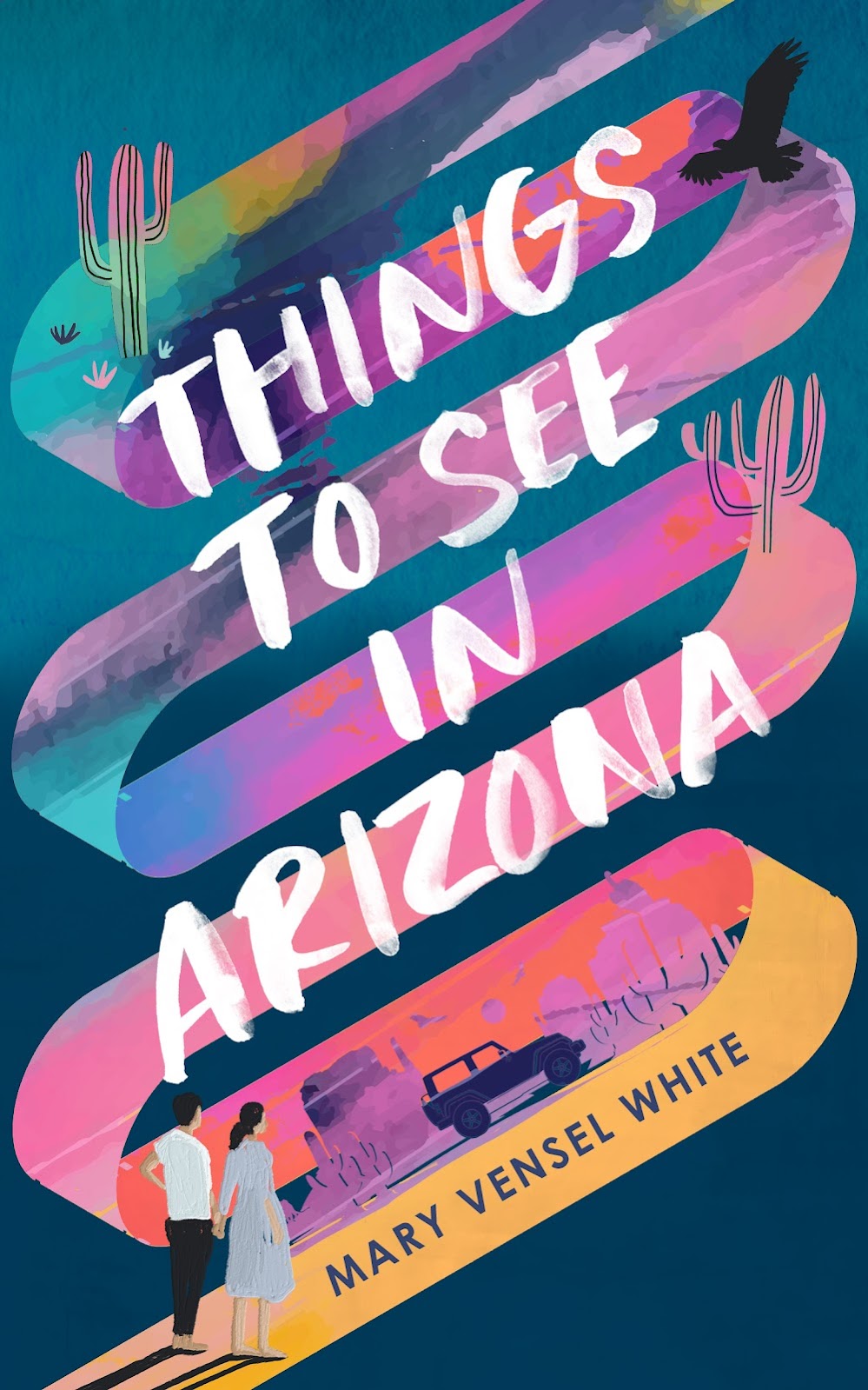In March, I’ll be attending a conference in Colorado Springs, Colorado, called Left Coast Crime. From their website, Left Coast is “an annual event sponsored by mystery fans, where readers, writers, librarians and other mystery and thriller enthusiasts gather to share their mutual interest in the genre.”
To me, people are the biggest mystery. When someone asks me what type of books I like to read or what type of books I write, what they’re usually talking about is genre. But I think the labels are so confining because I read all types of books. I do know what I like best is reading about people. The many different types of people in this world and how they interact with other people. What sort of things they can find out about each other, about themselves. I like books where the characters are the driving force, where I am left wondering and guessing, empathizing and reacting, as though they are real people. And I believe that writers, perhaps, are happiest when they’re writing the type of fiction they love to read. When character development is the main focus of a novel, some might say it’s literary fiction. But I’d question anyone’s assured labeling of any book. I’ve read mysteries and fantasy books that were peopled with some of the most vivid characters I’ve ever encountered. I’ve read novels billed as literary fiction with fantastical, amazing plots.
Like many lifelong readers, I had many reading phases in my life. I read Agatha Christie, so I knew what a mystery was. But I was an English major in college (in Colorado!) and by then, actively avoiding “genre.” Let’s face it, most of what you read as an English major are classics or modern classics, all of them grouped together under that “literary fiction” label.
When I began to think about The Qualities of Wood, the initial conception was tied indirectly to genre. I wanted it to be a mystery within a mystery. There would be a “traditional” mystery within the story, but the real mystery would have to do with the characters, the way they navigated through the setting, the things they learned and did not learn about each other. In the way that people are not always what they seem, I wanted to write a book that, in the end, wasn’t what it seemed to be. And the forward progression of the book, the thing pressing it forward, would be the discovery by the reader of these characters.
In the novel, Vivian and Nowell have just moved from their city apartment to his late grandmother’s country home. Nowell plans to finish writing his second mystery novel while Vivian cleans up the house and prepares it for sale. A brief hiatus from their normal lives. Nowell has moved out to the house some weeks before Vivian, so when she arrives there is a certain nervousness and tension between them, having never been separated for so long. From the moment Vivian arrives, they become enmeshed in a local drama when a teenaged girl is found dead in the woods behind the house. As Vivian sifts through the items in the house and gathers stories and gossip from the locals, family secrets come to light, the mystery of the girl deepens, and she begins to come to some realizations about herself and her marriage.
As I said, I had read mysteries before but my own story was going to be what it was no matter what existed before or after. A bit naïve on my part, in hindsight, but I think the book benefitted because of it.
An early reader of TQOW on authonomy.com said it reminded her of Laura Lippman. A heady compliment I received with much humility, because Lippman is an acclaimed and prolific author who has not only penned countless best-selling novels but has also expanded the genre of mystery to include her particular literary flavor. I’m thrilled that Ms. Lippman is a keynote speaker at the upcoming conference, and I’m excited to be part of a panel called Literary Inspirations for Traditional Mysteries. If you’re in Colorado or want to be, March 21-24, stop by and say hello.
 Geneva White is a ten-and-a-half years old and a fifth-grader. She enjoys dancing, singing, playing piano, hanging out with friends and of course, reading. She also likes earmuffs.
Geneva White is a ten-and-a-half years old and a fifth-grader. She enjoys dancing, singing, playing piano, hanging out with friends and of course, reading. She also likes earmuffs. 













